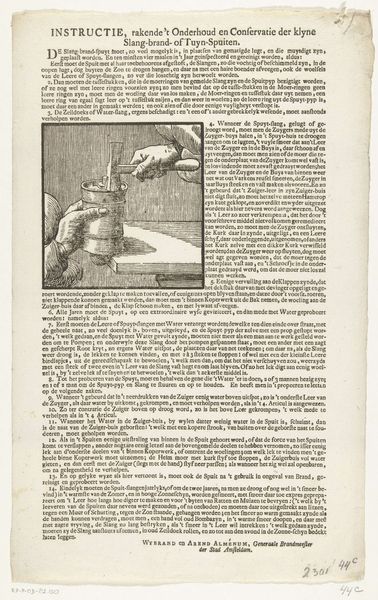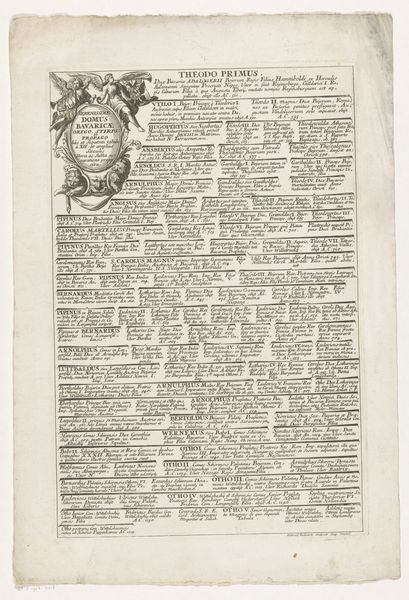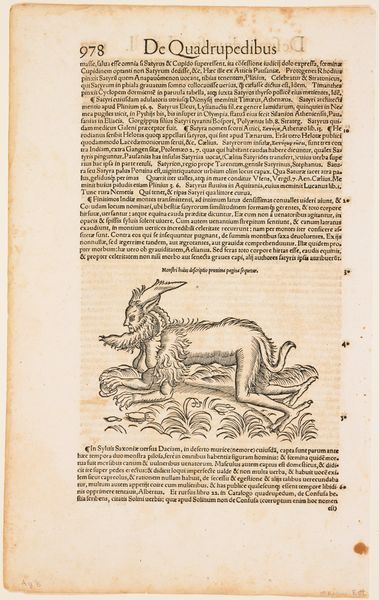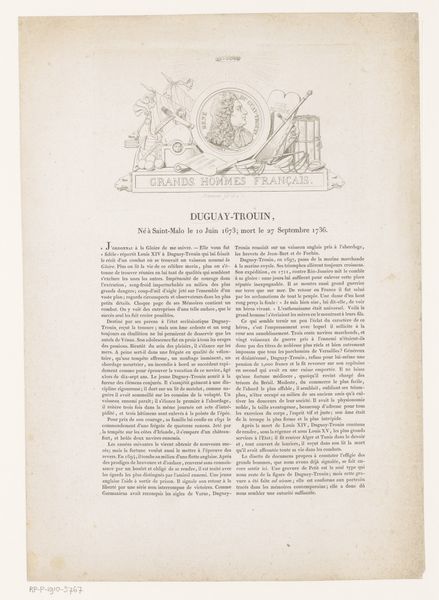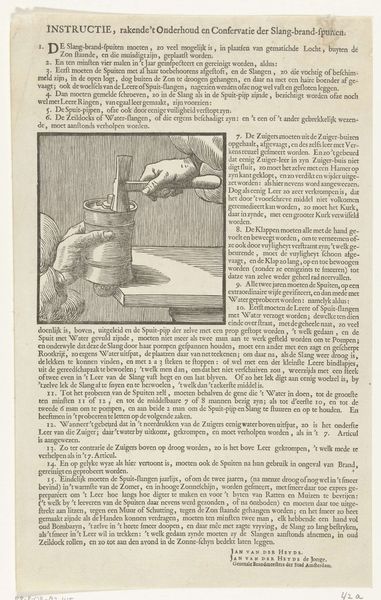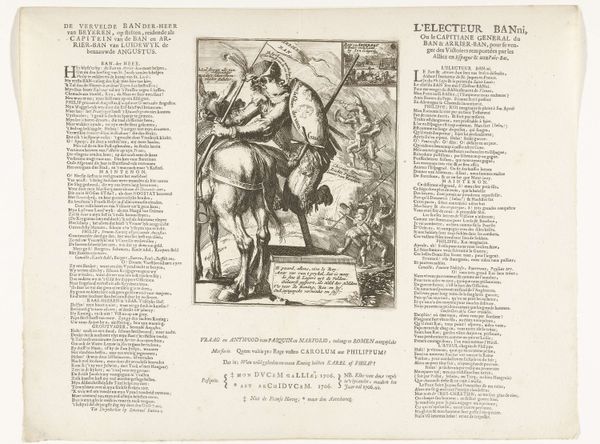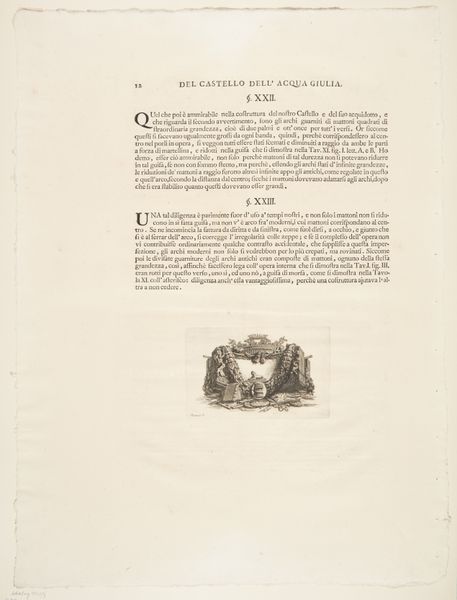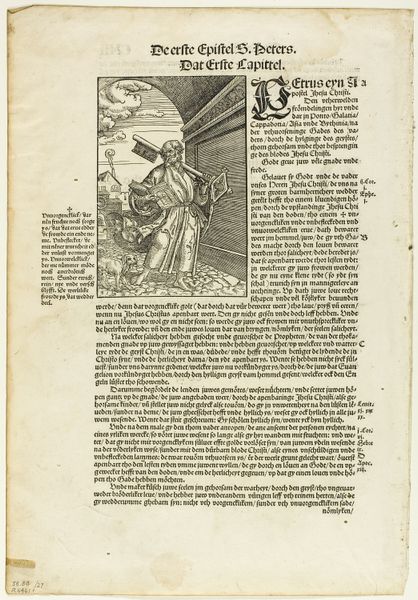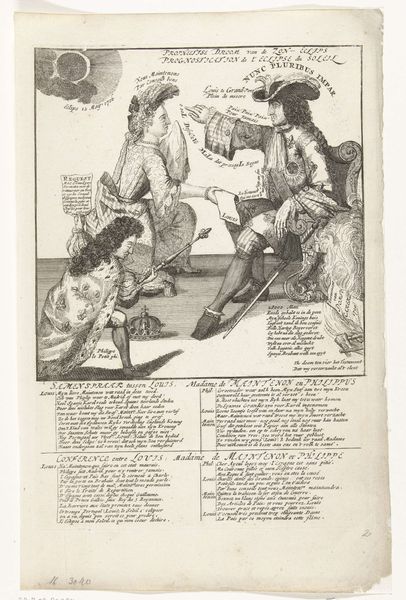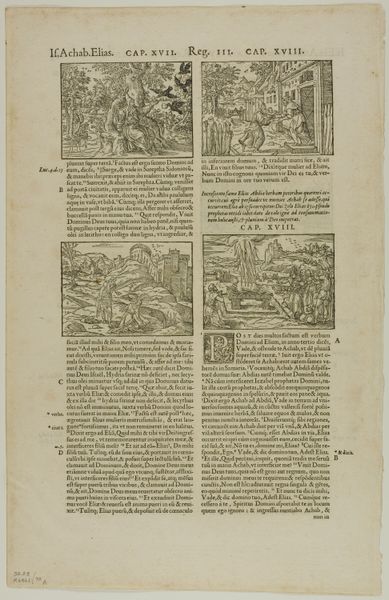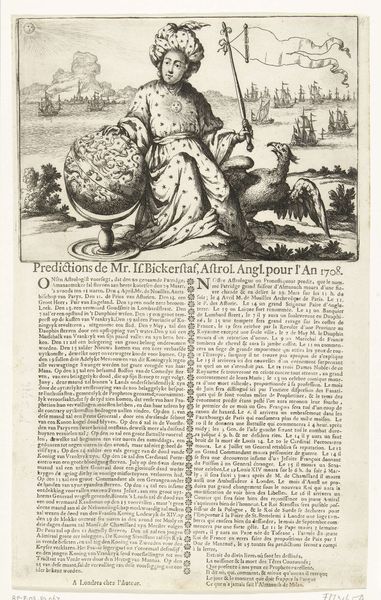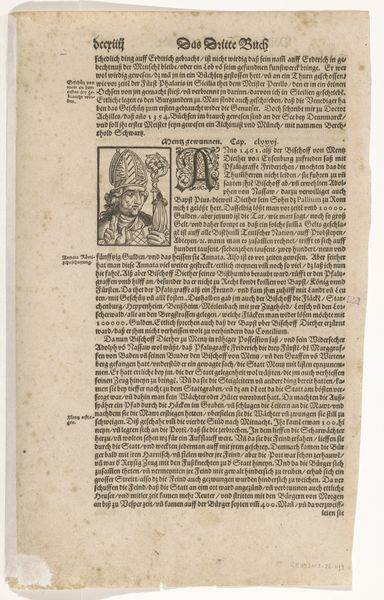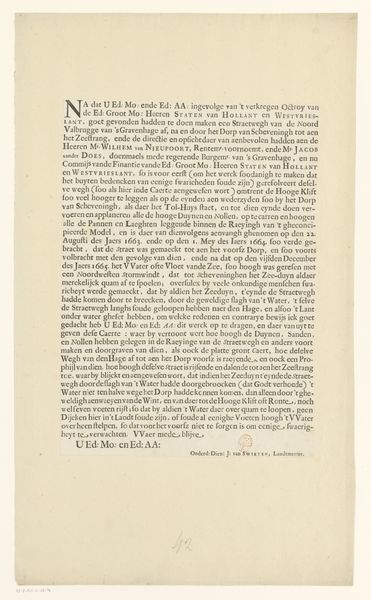
print, engraving
# print
#
figuration
#
11_renaissance
#
history-painting
#
engraving
Dimensions: 12 x 6 1/2 in. (30.48 x 16.51 cm) (image)
Copyright: Public Domain
Curator: Here we have a print entitled "Pan vel Satyrrus Marinus" by Conrad Gesner, created sometime between 1551 and 1587. It’s currently housed at the Minneapolis Institute of Art. Editor: My first impression is… unsettling. The creature, part human, part fish, emerges from a page of text. It feels like a repressed anxiety made manifest, something pulled from the depths of the subconscious. Curator: Precisely. This image, crafted through engraving, dives into the heart of 16th-century anxieties and fascination with the natural world and its perceived deviances. Gesner, a renowned Swiss naturalist, documented creatures real and imagined, seeking to understand his world through a lens deeply influenced by classical and biblical traditions. Editor: So the aquatic satyr or sea-pan acts as a symbol then. I am interested in how the creature melds classical satyr iconography with an aquatic monster; perhaps something like an old-world, monstrous fertility symbol rooted in a fear of nature itself? Its hybrid form suggests a breakdown of boundaries. Curator: Yes, and its connection to “Pan”—the god of the wild, of untamed nature—is critical. Consider the era. The Renaissance saw a burgeoning desire to control and categorize the natural world alongside enduring fears about the power and unpredictability of female nature, of chaotic nature itself. It invites us to consider the intersection of natural philosophy, gender politics, and colonial anxieties. Editor: The figure does have prominent breasts. It speaks to the complicated ways that we often ascribe symbolic value to women's bodies. In that sense, this creature reads like a warning. Curator: Exactly! And by visually linking these hybrid creatures to places beyond Europe, like Scandinavia or vaguely to the "German inferior", Gesner subtly reinforced a sense of European cultural superiority. It's a reminder that even ostensibly objective scientific illustrations are often deeply intertwined with contemporary social and political narratives. Editor: A powerful reminder of the narratives we imprint on the world around us. By recognizing them, we can open a pathway for future growth and understanding. Curator: I find myself pondering what Gesner might think knowing how intently we are now unraveling the layered perspectives that influenced his work.
Comments
minneapolisinstituteofart about 2 years ago
⋮
Conrad Gesner attempted to compile all knowledge, both ancient and modern, of animals both real and less so. He relied on texts, painted images, actual sightings, specimens, and other remains. From a modern perspective, it may seem curious that he included so many Wild Things, but living in the Age of Discovery, he was highly aware that the unbelievable might turn out to be true.
Join the conversation
Join millions of artists and users on Artera today and experience the ultimate creative platform.
